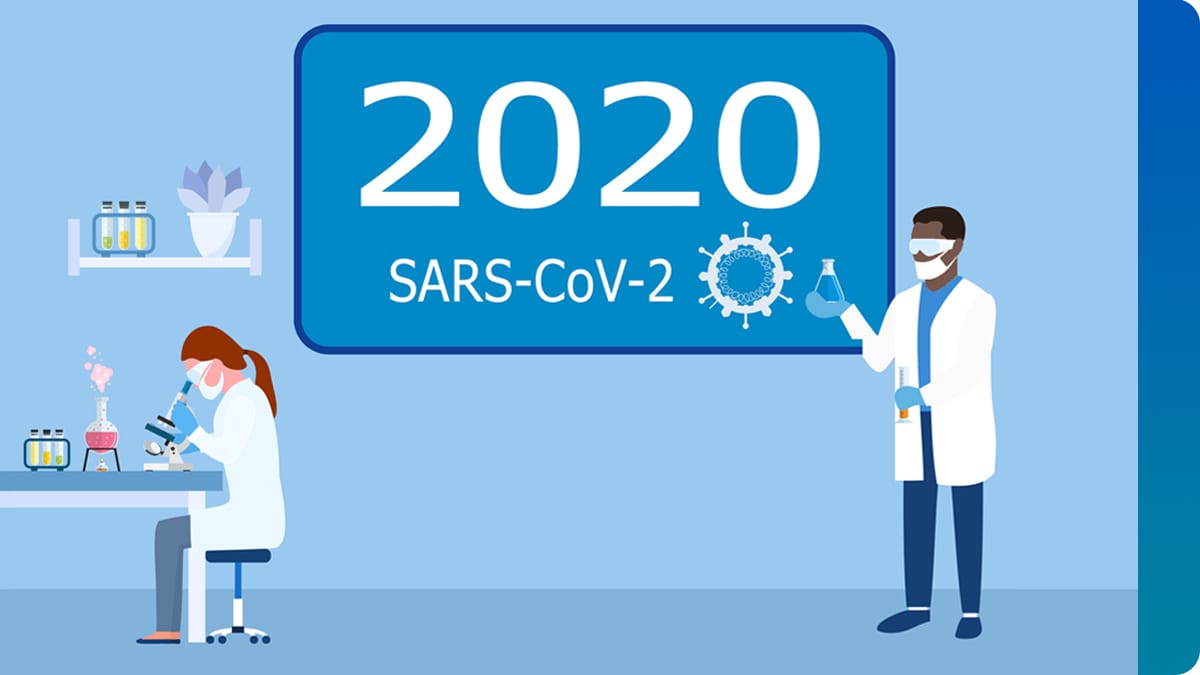What to know
Scripps Research Institute researchers investigated SARS-CoV-2 genomics and molecular epidemiology in Southern California, collaborating with the CDC SPHERES program, California COVIDNet, and county and local public health laboratories. Awarded in 2020, this project expanded collaboration with California laboratories to improve laboratory and bioinformatic methods for cost-effective, high-throughput sequencing.

Findings on SARS-CoV-2 surveillance and investigations
This project:
- Determined there were several independent introductions of the highly transmissible B.1.1.7 variant in the United States which spread to most states within months.1
- Described the emergence of SARS-CoV-2 and the role of superspreading during large-scale events during the early outbreak in the United States by using mobility and genomic data.2
- Developed ViReflow, a user-friendly pipeline enabling rapid analysis of viral sequence dataset. Developed specifically in response to the COVID-19 pandemic, ViReflow is general to any viral pathogen.3
- Evaluated the amount of SARS-CoV-2 that could be detected from touched versus non-touched indoor surfaces.4
- Developed improved virus concentration protocols, as well as analysis software for wastewater surveillance. As a result, it was possible to detect emerging variants of concern up to 14 days earlier than through clinical testing.5
- Developed a rapid and inexpensive pipeline using a molecular test to detect and quantify RNA for SARS-CoV-2. The processing capacity was 6,000 samples per day with next-day result turnaround times.6
- Developed Outbreak.info, an open-source database that tracks more than 40 million combinations of lineages and individual mutations, such as those on the surface of SARS-CoV-2 that helps the virus enter human cells. Then the data are used to provide insights for researchers, public health officials, and the general public. 7
- Developed Outbreak.info Research Library, a searchable interface of COVID-19 and SARS-CoV-2 resources including publications, clinical trials, datasets, protocols, and other resources.8
New SARS-CoV-2 dashboards and websites
This project:
- In partnership with SEARCH alliance, conducted SARS-CoV-2 wastewater monitoring for the San Diego region and provided weekly reporting publicly.
- Hosted a web portal, Outbreak.info, that analyzes and visualizes SARS-CoV-2 genomic data, and Outbreak.info Research Library, and a searchable interface of COVID-19 and SARS-CoV-2 resources including publications, clinical trials, datasets.
New and improved sequencing software tools
This project:
- Developed ViReflow, a user-friendly viral consensus sequence reconstruction pipeline enabling rapid analysis of viral sequence data set.9
- Developed Outbreak.info—a web portal that analyzes and visualizes SARS-CoV-2 genomic data—and Outbreak.info Research Library—a searchable interface of COVID-19 and SARS-CoV-2 resources including publications, clinical trials, datasets.78
- Developed Freyja, an analysis framework for SARS-CoV-2 wastewater sequence data.
- Continues to develop and maintain open-source software for data streaming and analysis, including iVar and INSPECT
Some of this work was supported in part or in full by the BAA award.
- United States Genomic epidemiology identifies emergence and rapid transmission of SARS-CoV-2 B.1.1.7 in the United States, medRxiv, 2021.
- Emergence of an early SARS-CoV-2 epidemic in the United States, medRxiv, 2021.
- The ViReflow pipeline enables user-friendly large scale viral consensus genome reconstruction, Sci Rep, 2022.
- SARS-CoV-2 Distribution in Residential Housing Suggests Contact Deposition and Correlates with Rothia sp. mSystems, 2022.
- Wastewater sequencing uncovers early, cryptic SARS-CoV-2 variant transmission, Nature, 2022.
- Automated, miniaturized, and scalable screening of healthcare workers, first responders, and students forSARS-CoV-2 in San Diego County, medRxiv, 2021.
- Outbreak.info genomic reports: scalable and dynamic surveillance of SARS-CoV-2 variants and mutations, medRxiv. 2021.
- Outbreak.info Research Library: A standardized, searchable platform to discover and explore COVID-19 resources, bioRxiv, 2022.
- The ViReflow pipeline enables user-friendly large scale viral consensus genome reconstruction. Sci Rep, 2022.
